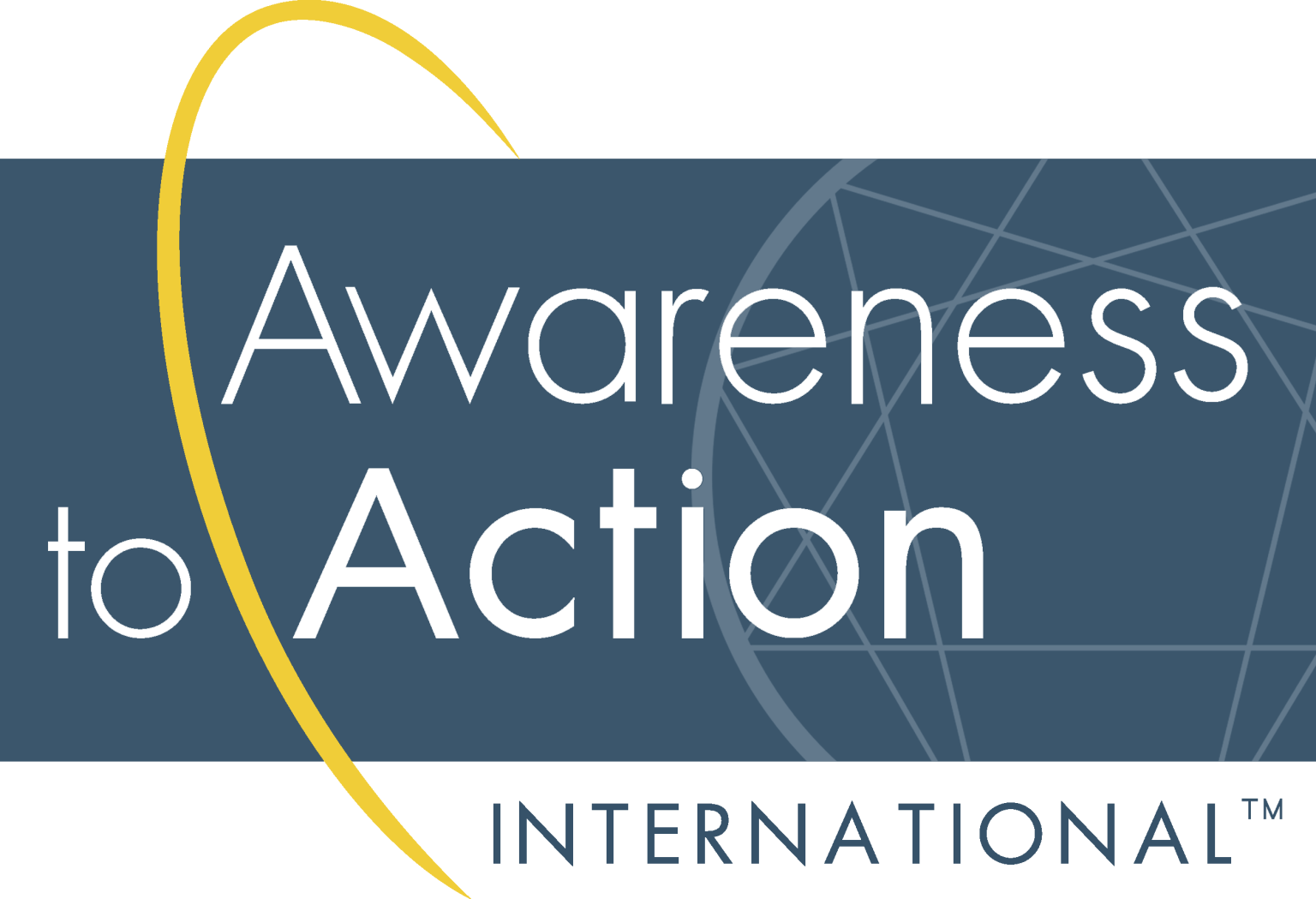Part of an ongoing series on Clear-Thinking Skills. This articles excerpted from “How to Think Well, and Why: The Awareness to Action Guide to Clear Thinking,” which is available in paperback and e-book via amazon.com.
We Need a Network of Models and Tools
We are bombarded with information every day, much of it low-quality or outright wrong. To be effective thinkers we need tools for sorting through information, identifying that which is flawed, and acting upon that which is valid.
The aim of this guidebook is to help people do this through providing a set of tools and concepts structured into five broad domains (antidotes and guardrails, personality, culture, education, and debunking).
These domains provide a framework to allow the individual to develop a flexible–but disciplined, structured, and interconnected–web of models, concepts, and tools that help us see clearly.
Subjective Experience, Objective Reality, and Epistemic Clarity
I know—big words. But good thinkers are not afraid of a few big words, especially if they are important words, so bear with me for a moment.
Oxford Dictionary identified “post-truth” as the word of the year in 2016, and defined it as “relating to or denoting circumstances in which objective facts are less influential in shaping public opinion than appeals to emotion and personal belief.”
Many people consider reason, emotion, and intuition to be simply different “ways of knowing,” and to some extent they are correct—we can learn much about the world from our emotions and intuition.
However, we run into trouble when we assume all “ways of knowing” are equal and interchangeable and we apply them to the wrong topics. We feel when we should think (and sometimes vice versa), we confuse beliefs and opinions for facts, we reject facts that make us feel bad.
There is a branch of philosophy called “epistemology” that is devoted to “ways of knowing,” or how we can truly know those things we know. It recognizes that we humans each interpret the world through the filters of our subjectivity, but that we must develop tools for telling the difference between subjective experience and objective reality.
The heart of clear thinking lies in “epistemic clarity,” the ability to tell the difference between subjective experience and objective reality, and to act accordingly.
It helps to remember:
- Subjective Experience: is what we call our unique, non-rational, and feeling-based responses to the world. For example, preferences in music, cuisine, politics, and aesthetics are all subjective.
- Objective Reality: is that which is true no matter how you feel about it. For example, our preferences regarding gravity, velocity, the spinning of the earth, and mathematical formulas are irrelevant; they are simple matters of fact whether we like them or not.
- Epistemic Clarity: is the ability to tell the difference between Subjective Experience and Objective Reality.
Keep This in Mind: The Brain Loves Stories
When trying to understand the workings of the mind, we have to always remember one fundamental fact: The brain loves to create stories.
Your brain is always filtering through data and turning it into a narrative. Doing so makes stress and uncertainty go away by fitting the data into some kind of understandable context, even if that context is completely fabricated.
This is not necessarily a bad thing—it is this ability that allows us to see repeated patterns and prepare for the future.
Unfortunately, our brains often have a difficult time distinguishing true stories from fake stories so we are often making up, without realizing it, explanations for things that happen to and around us that are simple and satisfying, but often wrong.
This creation and embrace of narratives reinforces many of the mind’s other tricks that we will explore in future articles.






